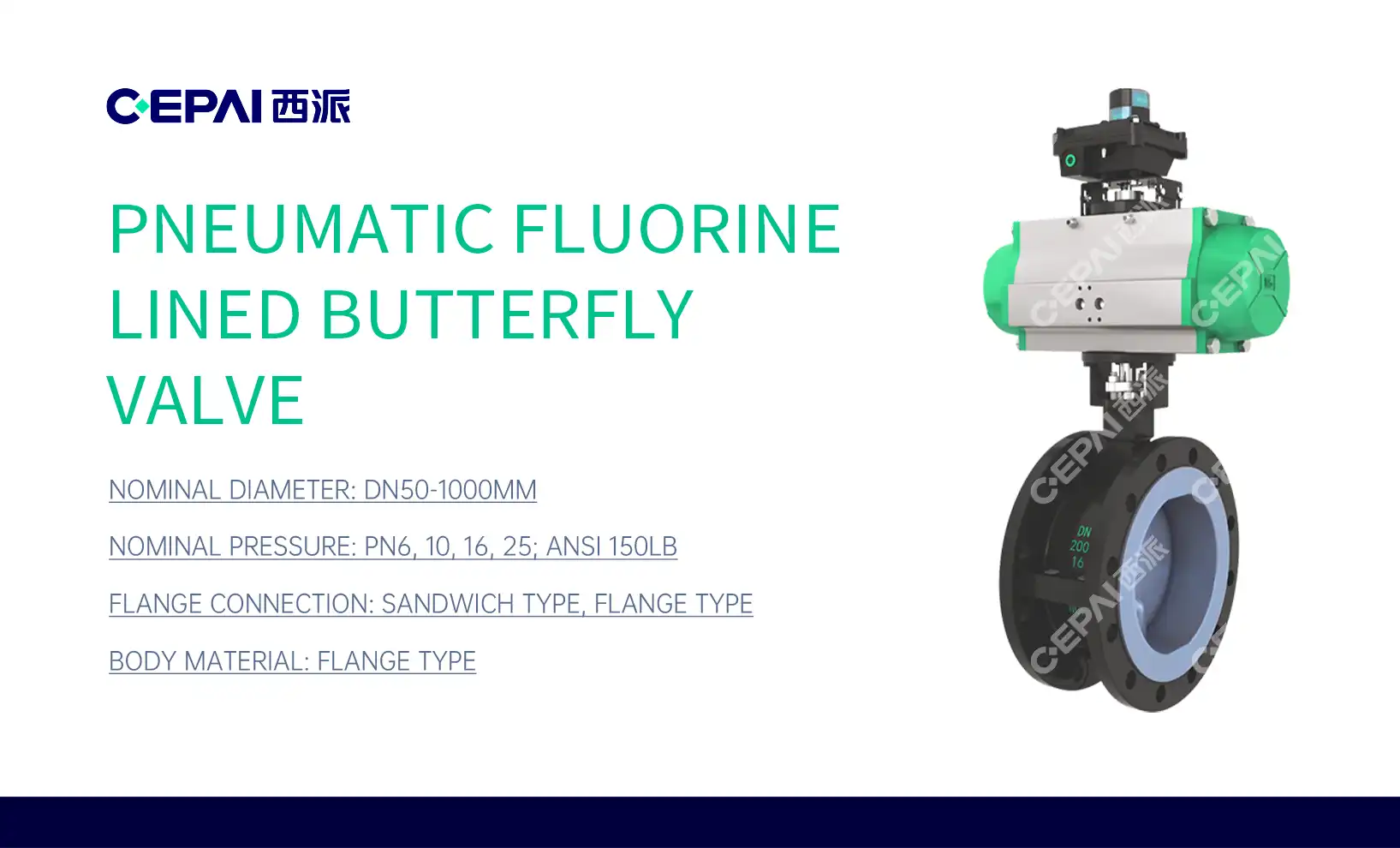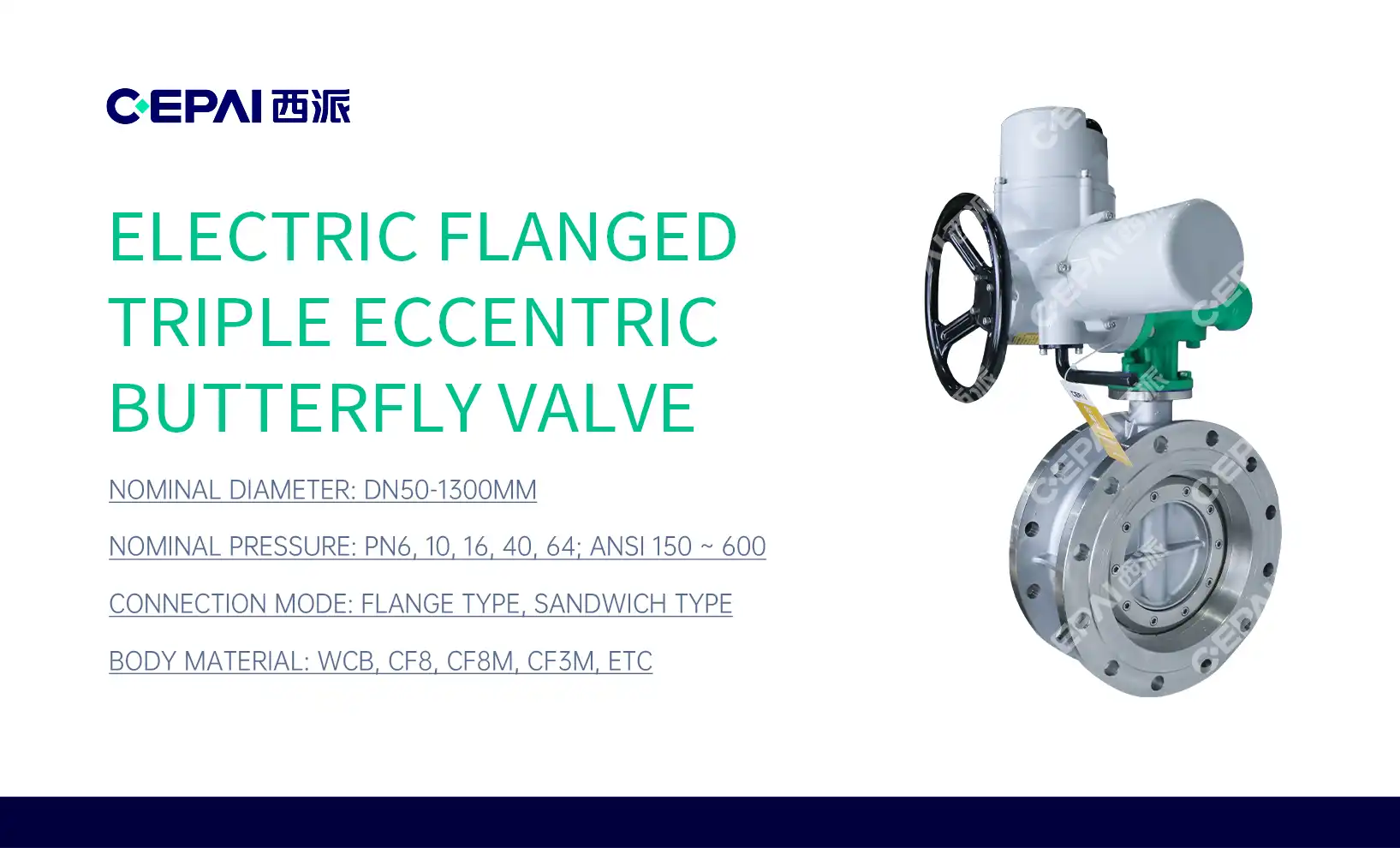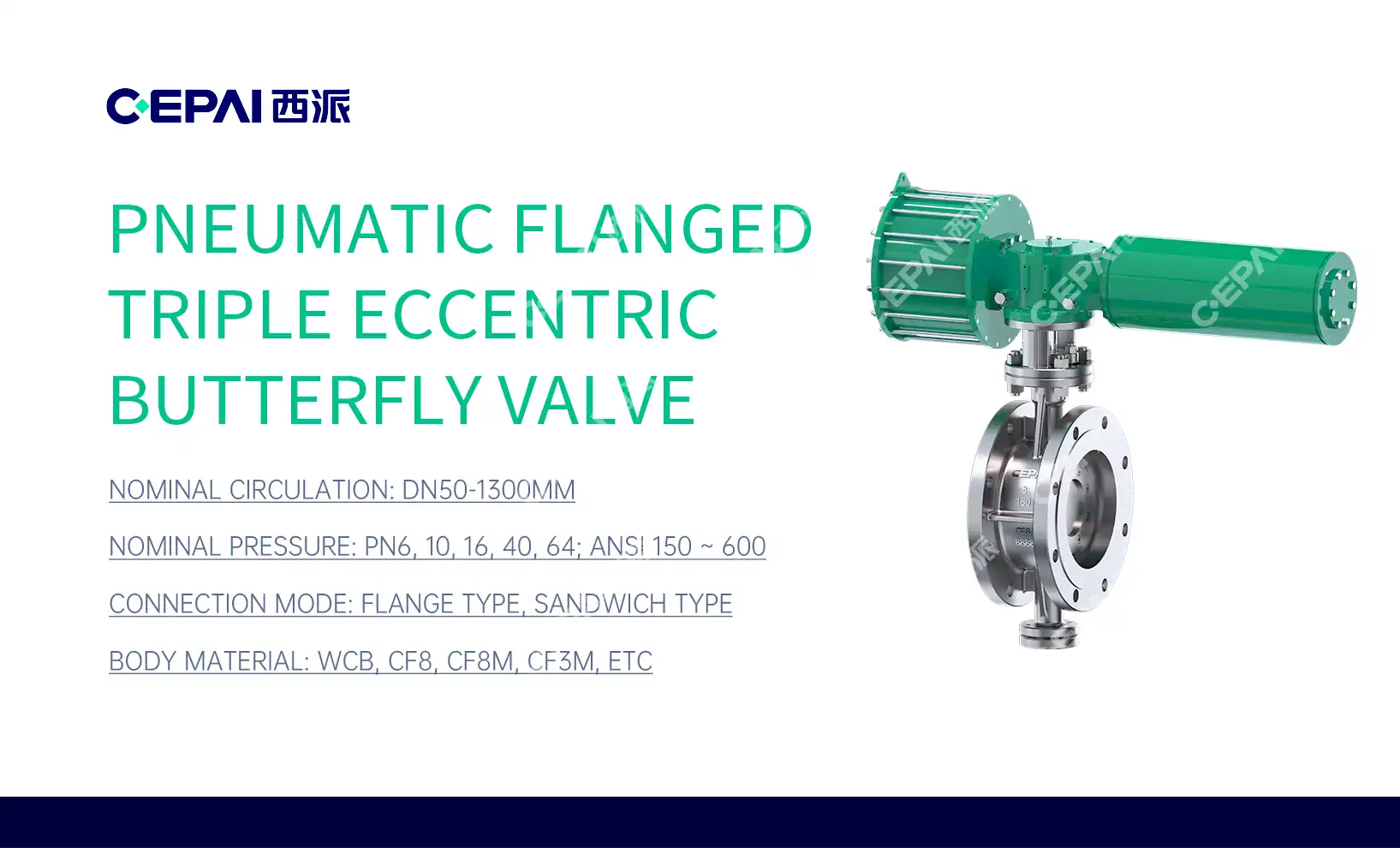The Ingenious Design of Butterfly Valves
Anatomy of a Butterfly Valve
At the heart of a butterfly valve lies its elegantly simple yet highly effective design. The valve consists of a circular disc, reminiscent of a butterfly's wings, mounted on a rotating shaft. This disc acts as the primary flow control mechanism, pivoting within the valve body to regulate fluid passage. The valve body, typically cylindrical, houses the disc and provides the conduit for fluid flow. Sealing elements, such as resilient seats or metal-to-metal seals, ensure a tight closure when the valve is in the shut position.
The actuator, whether manual, pneumatic, or electric, connects to the valve stem, allowing for precise control over the disc's position. This setup enables operators to achieve anything from full flow to complete shut-off with minimal effort. The compact nature of this design makes butterfly valves particularly suitable for applications where space is at a premium, offering significant advantages over other valve types in terms of installation footprint and weight.
Operating Principle
The operation of a butterfly valve is remarkably straightforward, contributing to its reliability and widespread use. When the valve is fully open, the disc is positioned parallel to the flow, offering minimal resistance and allowing maximum fluid passage. As the disc is rotated 90 degrees to the closed position, it gradually restricts flow until it completely blocks the pipe. This quarter-turn action provides quick and efficient control, making butterfly valves ideal for applications requiring rapid shut-off or frequent adjustments.
The disc's shape and orientation play a crucial role in the valve's performance. Advanced computational fluid dynamics (CFD) analysis has led to optimized disc designs that minimize turbulence and pressure drop across the valve. This optimization results in improved flow characteristics, reduced wear on valve components, and enhanced overall efficiency of the fluid system.
Materials and Construction
The choice of materials for butterfly valves is critical, as it directly impacts their performance, durability, and suitability for specific applications. Valve bodies are commonly constructed from materials such as cast iron, ductile iron, carbon steel, or stainless steel, each offering different benefits in terms of strength, corrosion resistance, and cost-effectiveness. For more demanding environments, exotic alloys like Hastelloy or titanium may be employed to withstand aggressive chemicals or extreme temperatures.
Disc materials are equally diverse, ranging from metals like stainless steel and aluminum bronze to engineered plastics such as PTFE (polytetrafluoroethylene) for corrosive applications. The selection of seat materials is crucial for achieving a tight seal and longevity. Elastomers like EPDM (ethylene propylene diene monomer) or FKM (fluorocarbon) are common choices, offering excellent sealing properties and chemical resistance. For high-temperature applications, metal seats or fire-safe designs are available, ensuring reliable operation even in the most challenging conditions.
Diverse Applications Across Industries
Oil and Gas Sector
In the oil and gas industry, butterfly valves play a pivotal role in various stages of production, processing, and distribution. Their ability to handle a wide range of fluids, from crude oil to natural gas, makes them indispensable in pipeline systems. High-performance butterfly valves are employed in critical applications such as emergency shutdown systems, where rapid closure is essential to prevent catastrophic failures. These valves are designed to withstand extreme pressures and temperatures, often incorporating special sealing technologies to ensure zero leakage even under the most demanding conditions.
Offshore platforms and refineries utilize butterfly valves in process control systems, where their compact design and low weight offer significant advantages in space-constrained environments. The valves' quarter-turn operation allows for quick isolation of equipment or pipeline sections, facilitating maintenance and enhancing overall system safety. Additionally, butterfly valves equipped with specialized actuators and control systems play a crucial role in flow control and blending operations, ensuring precise regulation of fluid streams in complex refining processes.
Water Treatment and Distribution
The water industry relies heavily on butterfly valves for their excellent flow control characteristics and durability in both clean and wastewater applications. In water treatment plants, these valves are used to control the flow of raw water, chemicals, and treated water through various stages of the purification process. Their ability to provide tight shut-off is particularly valuable in preventing backflow and contamination, ensuring the integrity of the treatment system.

In water distribution networks, large-diameter butterfly valves serve as isolation and control points, allowing operators to manage water flow across vast urban areas efficiently. The valves' low-torque operation and compatibility with various actuator types make them ideal for remote operation and automation, enhancing the overall efficiency and responsiveness of water supply systems. Specialized designs, such as double-eccentric and triple-eccentric butterfly valves, offer improved sealing performance and reduced wear, making them suitable for long-term, maintenance-free operation in buried or hard-to-access locations.
Power Generation
The power generation sector leverages the versatility of butterfly valves in numerous critical applications. In thermal power plants, these valves control the flow of steam, water, and fuel throughout the generation process. High-performance butterfly valves capable of withstanding extreme temperatures and pressures are essential in main steam lines and feedwater systems, where reliable operation is crucial for plant efficiency and safety.
Hydroelectric power plants employ large-diameter butterfly valves as main inlet valves, controlling water flow from reservoirs to turbines. These valves must operate under high-pressure conditions and provide rapid closure capabilities to protect turbines from damage in emergency situations. The advent of advanced sealing technologies and materials has enabled butterfly valves to meet the stringent requirements of nuclear power plants, where absolute containment and reliability are paramount. In cooling water systems for various types of power plants, butterfly valves offer efficient flow control with minimal pressure drop, contributing to overall plant efficiency.
Key Advantages and Considerations
Compact and Lightweight Design
One of the most significant advantages of butterfly valves is their compact and lightweight design. This characteristic makes them particularly suitable for applications where space is limited or weight restrictions are in place. The slim profile of butterfly valves allows for easy installation in tight spaces, reducing the overall footprint of piping systems. This compactness is especially beneficial in offshore platforms, ships, and crowded industrial facilities where every inch of space counts.
The lightweight nature of butterfly valves also translates to reduced support requirements and lower installation costs. In large-diameter applications, the weight difference between a butterfly valve and other valve types can be substantial, leading to significant savings in structural support and handling equipment. This advantage extends to maintenance operations, where the ease of removal and replacement of butterfly valves contributes to reduced downtime and labor costs.
Cost-Effectiveness and Efficiency
Butterfly valves offer an attractive balance of performance and cost-effectiveness, making them a popular choice across various industries. The simplicity of their design results in lower manufacturing costs compared to more complex valve types, without compromising on functionality. This cost advantage is particularly pronounced in larger sizes, where butterfly valves can offer substantial savings over gate or globe valves of equivalent capacity.
From an operational perspective, butterfly valves contribute to system efficiency through their low pressure drop characteristics when fully open. This reduces pumping energy requirements and operational costs over the lifetime of the system. The quick quarter-turn operation of butterfly valves also enhances system responsiveness, allowing for rapid flow control adjustments that can improve overall process efficiency. Additionally, the durability and low maintenance requirements of modern butterfly valves contribute to reduced lifecycle costs, making them an economically sound choice for many applications.
Limitations and Selection Considerations
While butterfly valves offer numerous advantages, it's crucial to understand their limitations to ensure appropriate application. One key consideration is the presence of the disc in the flow path even when fully open, which can create turbulence and pressure drop, particularly in high-velocity systems. This factor necessitates careful sizing and selection to minimize its impact on system performance.
The sealing mechanism of butterfly valves, particularly in resilient-seated designs, can be susceptible to wear in applications involving abrasive media or frequent cycling. For such scenarios, high-performance designs with metal seats or specialized coatings may be more suitable. Temperature limitations of seat materials must also be carefully considered, especially in applications involving extreme heat or cryogenic conditions.
Proper valve selection requires a comprehensive understanding of the operating conditions, including pressure, temperature, flow rates, and fluid properties. Factors such as required shut-off performance, actuation method, and control precision must be evaluated to choose the most appropriate butterfly valve type and configuration. Consulting with valve experts and manufacturers is often advisable to ensure optimal valve selection and long-term reliability in critical applications.
Conclusion
Butterfly valves have emerged as indispensable components in modern fluid control systems, offering a unique combination of simplicity, efficiency, and versatility. Their compact design, cost-effectiveness, and wide range of applications make them a preferred choice across numerous industries. By understanding the intricacies of their design, the breadth of their applications, and their key advantages, engineers and system designers can leverage butterfly valves to enhance the performance and reliability of their fluid control systems. As technology continues to advance, we can expect further innovations in butterfly valve design, expanding their capabilities and application scope even further.
Contact Us
Are you looking for high-quality butterfly valves for your industrial applications? CEPAI Group offers a comprehensive range of butterfly valves designed to meet the most demanding requirements in the oil and gas, water treatment, and power generation sectors. Our valves are engineered for superior performance, durability, and efficiency, backed by our commitment to innovation and quality. Contact us today at cepai@cepai.com to discover how our butterfly valve solutions can optimize your fluid control systems and drive operational excellence.






